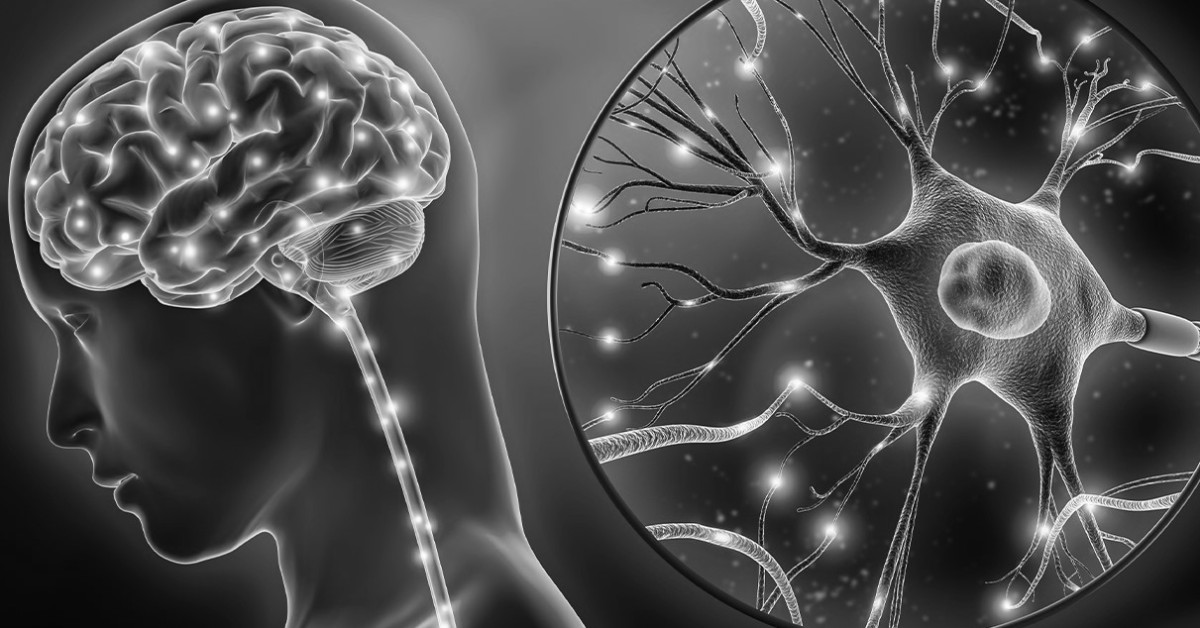
Welcome to our latest article on neurodegenerative diseases, where we will be exploring the current research and studies surrounding these debilitating disorders. In today’s world, where the average lifespan is increasing, it is becoming more important than ever to understand the causes, symptoms, and treatment options for these conditions.
Neurodegenerative diseases are a group of disorders that affect the neurons in the brain, leading to a gradual decline in cognitive and motor function. These disorders can be caused by a variety of factors, including genetics, environmental toxins, and lifestyle choices.
In this article, we will be focusing on one specific neurodegenerative disorder – Huntington’s disease. This condition is caused by a genetic mutation that leads to the progressive breakdown of nerve cells in the brain. It affects approximately 1 in 10,000 people worldwide and currently has no cure.
Through our exploration of current research and studies, we hope to shed light on the complexities of Huntington’s disease and provide insight into potential treatment options. So let’s dive in and learn more about this devastating disorder.
The human brain is a complex and remarkable organ, responsible for controlling our thoughts, emotions, and movements. However, as we age, our brains are susceptible to a group of disorders known as neurodegenerative diseases. These conditions involve the progressive degeneration of nerve cells in the brain, leading to a decline in cognitive function and physical abilities.
Firstly, it is essential to understand the causes of neurodegenerative diseases. While the exact mechanisms vary depending on the specific disorder, most involve the accumulation of abnormal proteins in the brain that cause nerve cells to malfunction and die. For example, Alzheimer’s disease is associated with the buildup of amyloid plaques and tau tangles in the brain, while Parkinson’s disease is linked to the loss of dopamine-producing cells. By discussing these underlying causes, readers can gain a better understanding of how neurodegeneration occurs and why it is such a devastating condition.
Neurodegenerative diseases are complex and multifaceted, making them difficult to fully understand. However, through ongoing research and studies, scientists have been able to identify several risk factors that may contribute to the development of these conditions. These include genetic predispositions, environmental factors, and lifestyle choices.
Additionally, it is important to note that neurodegenerative diseases are not limited to just Alzheimer’s and Parkinson’s. There are many other disorders that fall under this category, such as Huntington’s disease, Amyotrophic Lateral Sclerosis (ALS), and Lewy body dementia. Each of these conditions has its own unique set of causes and symptoms, but all share the common feature of progressive degeneration of nerve cells in the brain.
Understanding the underlying causes of neurodegenerative diseases is crucial for developing effective treatments. While there is currently no cure for these conditions, early detection and management can help slow down the progression of symptoms and improve the quality of life for patients.
In conclusion, neurodegenerative diseases are a complex and devastating group of disorders that continue to be an area of intense research and study. By understanding the underlying causes and risk factors, we can work towards developing more effective treatments and ultimately, improving the lives of those affected by these conditions.
Recognizing the Symptoms
In addition to understanding the causes of neurodegenerative diseases, it’s essential to recognize the symptoms that may indicate their presence. These can include cognitive changes such as memory loss, confusion, and difficulty with language, as well as physical symptoms like tremors, muscle stiffness, and difficulty with balance and coordination. By highlighting these common symptoms, readers can become more aware of the warning signs and seek medical attention if necessary.
Exploring Treatment Options
While there is currently no cure for most neurodegenerative diseases, there are various treatment options available to help manage symptoms and slow down the progression of the condition. These can include medication to alleviate symptoms, physical therapy to improve mobility and strength, and cognitive therapy to address memory and thinking problems. Additionally, ongoing research is exploring potential treatments that could potentially reverse or prevent neurodegeneration, giving readers hope for the future.
Prevention and Brain Health
Finally, many individuals may be interested in ways to prevent or delay the onset of neurodegenerative diseases. While there is no guaranteed method for preventing these conditions, there are certain lifestyle choices that can promote brain health and potentially reduce the risk of developing a neurodegenerative disease.
These can include regular exercise, a healthy diet, and engaging in mentally stimulating activities. By incorporating these practices into their daily routine, readers can take proactive steps towards maintaining their brain health.
In conclusion, neurodegenerative diseases are complex conditions that significantly impact brain health and quality of life. By understanding their causes, recognizing their symptoms, exploring treatment options, and promoting brain health, individuals can better navigate the challenges of these disorders. As research continues to advance in this field, we can remain hopeful for potential breakthroughs in the treatment and prevention of neurodegenerative diseases.